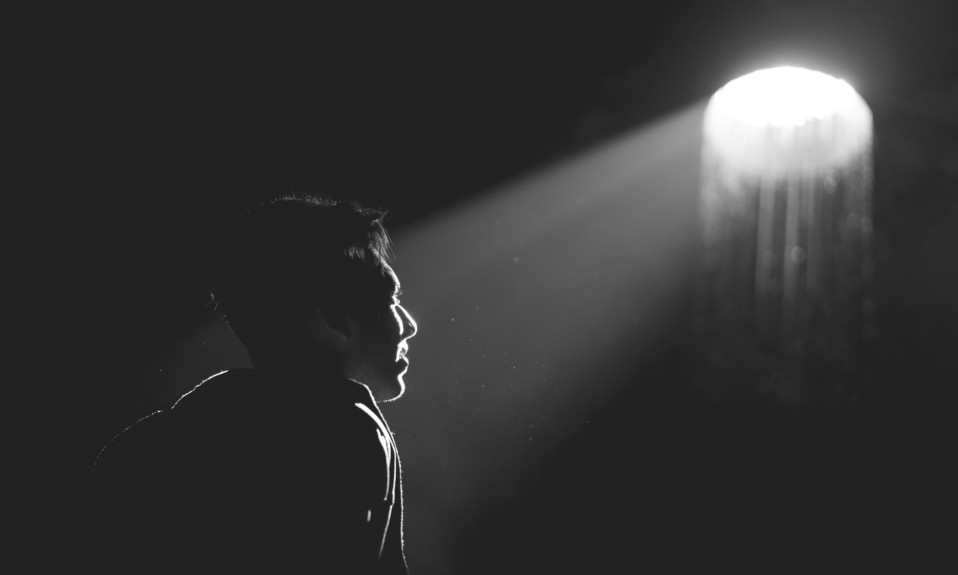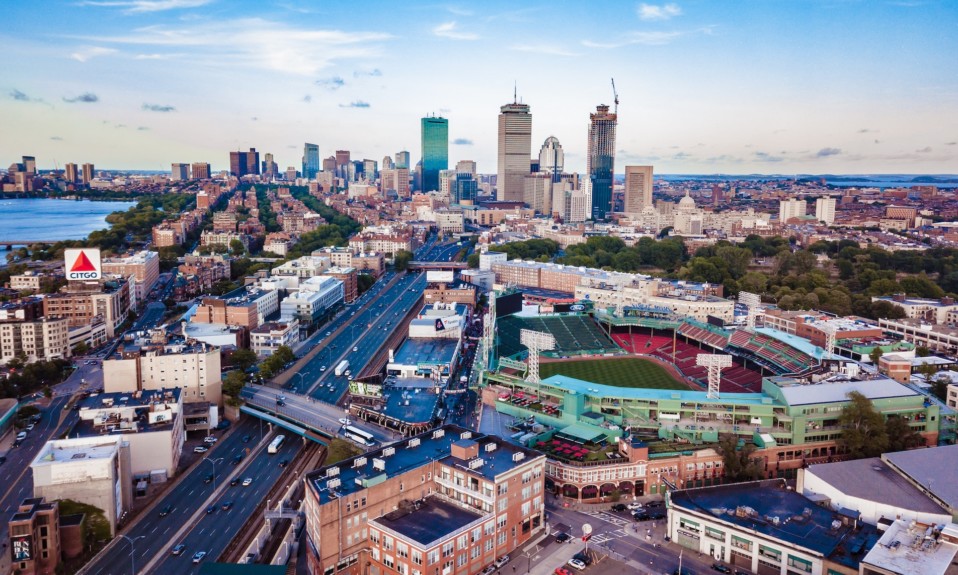From the so-called honeymoon period to The Wall, knowing what to expect can help ease the ups and downs during and after treatment
This is Part 5 in TreatmentMagazine.com’s six-part guide on How to Find a Treatment Center. The next and last section offers insights on successful recoveries and which outcomes to track.
By William Wagner
First of all, it’s not a “relapse.” Addiction professionals like Cynthia Moreno Tuohy much prefer the word “reoccurrence.”
“Addiction is a chronic disease,” explains Tuohy, executive director of NAADAC, the Association for Addiction Professionals. “With any chronic disease, you’re going to have a reoccurrence. If you have diabetes, it would be very unusual not to have a reoccurrence. It’s about taking away the stigma [attached to addiction].”
No one is cured after finishing treatment. You’re called a “recovering alcoholic” or a “recovering substance abuser” for just that reason—you’re in a perpetual state of recovery. And if you do have a reoccurrence, slip, relapse or whatever you want to call it, long-term sobriety certainly isn’t a lost cause.
“The biggest thing is to get back on track fast,” Tuohy says. “And then figure out where the reoccurrence started. Long before you picked up a drink or a drug again, you already were reoccurring in your brain. We think it’s important to cognitively change the script to say, ‘I’m in recovery. I’m not going back there.’”
If you’ve sustained your sobriety for six months, your confidence likely has grown significantly. Don’t let your guard down.”
Expect Ups and Downs During Recovery
Each individual is unique, so it stands to reason that no two recovery journeys are alike. For instance, the severity of your addiction, the types of substances you most frequently have used or your environmental factors might dictate how smoothly your recovery goes. But there are some common threads in the recovery milestones that should be duly noted:
• Early recovery (first 30 days): This when you’re most susceptible to slipping back into old habits. Suddenly outside the structured confines of treatment, you might be disoriented, confused and overwhelmed by the notion of starting a “new life.” It’s crucial to put support systems in place right away; your treatment program likely will provide referrals for aftercare.
• 30 days: Although you might be suffering from mood swings and episodes of depression, you should have a support schedule set up by now to help you stay on a steady path, one that might include regular meetings in an organization like Alcoholics Anonymous (AA) or SMART Recovery and sessions with a psychologist and/or psychiatrist who specializes in addiction therapy.
• Honeymoon: This is also referred to as “the pink cloud” in AA circles. Some people who take to treatment quickly may enter into a honeymoon-like period of feeling magically “cured” of their substance abuse problem. “Come pick me up, I’m good,” is how one treatment executive puts it. This early-days stage can often be followed by a feeling of hitting The Wall or The Drop, when the luster of newfound sobriety fades into feelings of low energy and irritability. It’s helpful to know both phases are natural to the ebb and flow of recovery.
• Six months: If you’ve sustained your sobriety for six months, your confidence likely has grown significantly. Don’t let your guard down. In other words, don’t get together with your old drinking or drug buddies because you think you can handle the temptation.
• One year: By this point, your clean-and-sober routine should be well established. You know exactly what types of situations to avoid, and your cravings have become progressively less intense. Sober living over the long haul seems achievable.
But again, don’t let your guard down. Courtney Hunter, vice president, state policy for the addiction nonprofit Shatterproof, cautions that you’ll be faced with many more obstacles going forward. “It’s really hard,” she says. “To put it in perspective, after five years, your risk of developing a new addiction is level set. It becomes the same as the general population again.”
Watch Out for Warning Signs
No matter how far along you are on the road to recovery, there are certain times when you’ll be more vulnerable than others. For example, consider the following areas of your life:
Work—Did you just lose your job?
Relationship—Are you having significant other or friend problems?
Socialization—Have you been spending too much time by yourself?
Stress—Is your general stress or anxiety level unusually high?
Any of those situations can put you at increased risk. Reoccurrences spiked as the COVID-19 pandemic took hold in the spring of 2020 because it created a perfect storm of triggers: isolation, economic insecurity and all-around anxiety. In this era of social distancing, people in recovery need their support systems more than ever. Fortunately, a variety of virtual treatment options have come to the fore, enabling the recovery community to remain connected and engaged.
If you sense that a bad moon is rising, be proactive. Lean heavily on your supports, such as your family, recovery organization and therapist.
Says Tuohy, “You want [to seek out] people who make you feel good. As soon as you start talking to them, it’s sending off those endorphins in your brain that say, ‘I’m feeling better.’ It’s a physiological and psychological reaction that we have with certain people. Just being around them makes you feel better. It’s a protective factor. You want to increase your protective factors.”
It also falls upon friends and loved ones to have the recovering person’s back and remain vigilant about the aforementioned warning signs. Most important, they shouldn’t lose hope if they find themselves back in crisis mode. Recovery isn’t a straight line.
Next in our six-part series on How to Find a Treatment Center is Part 6: Stories of Hope and Wise Words to Inspire Your Recovery. Experts, individuals struggling with substance abuse, families, clinicians and treatment professionals offer insights and “been there” advice on how to support a positive outcome.
Photo: Matt Duncan














